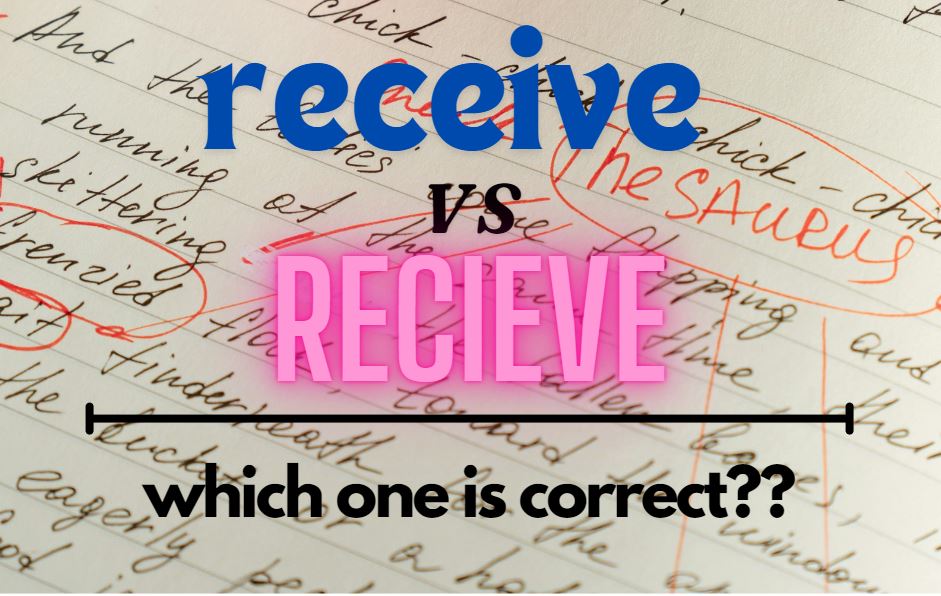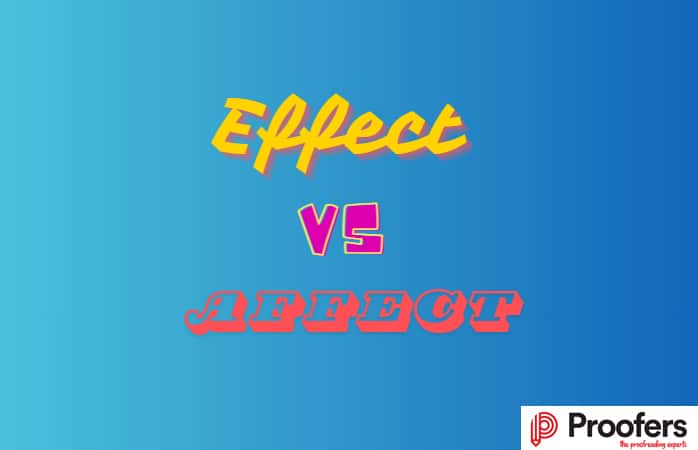The correct spelling of ‘does’
The word ‘does’ is the third person singular present tense of the verb ‘do’, used with the pronouns he, she and it. Pronounced /dʌz/, it rhymes with ‘buzz’. A common error is confusing ‘does’ with ‘dose’, a noun that refers to a specific quantity of medication. The correct spelling is D-O-E-S and it plays a versatile role in forming questions, negative statements and providing emphasis in English sentences.
Why the confusion?
Spelling errors commonly arise with ‘does’ due to the fact that it is pronounced similarly to other words and the complexities of English orthography. Ensuring the correct spelling is crucial as it frequently appears in both formal and casual communication.
Grammar essentials: The role of ‘does’ in English
‘Does’ is indispensable in English grammar, used for forming questions, negating statements and emphasising actions. Its usage is pivotal in crafting clear and grammatically correct sentences.
Forming questions
When forming questions in the simple present tense, ‘does’ precedes the subject followed by the base form of the verb. For example:
- ‘Does he understand the instructions?’
- ‘Does it work properly?’
Constructing negative statements
In negative constructions, ‘does’ is paired with ‘not’, often contracted to ‘doesn’t’ and followed by the base form of the verb. Examples include:
- ‘She does not (doesn’t) like going to the gym.’
- ‘It does not (doesn’t) seem right.’
Emphasis
‘Does’ can be used for emphasis in affirmative sentences to strengthen the statement:
- ‘He does know what he is talking about.’
- ‘She does play the piano beautifully.’
Just like with ‘does’, other common words can be tricky to spell correctly. Learn more about how to spell and use ‘receive’ in our dedicated article on ‘Receive or Recieve’.
Common mistakes and how to avoid them
Understanding the differences between ‘does’, ‘do’ and ‘dose’ is critical. Here are some guidelines:
- Does vs dose: remember, ‘dose’ refers to quantity, not action.
- Does vs do: use ‘do’ for the pronouns I, you, we and they. ‘Does’ is used for he, she and it.
- Avoid common spelling errors: such as ‘doe’s’ or ‘duz’.
Exercises to enhance your understanding
Convert the following statements to question and negative forms using ‘does’:
- ‘He plays football.’
- ‘She travels often.’
Spelling and using ‘does’ correctly are fundamental skills for effective communication in English. Regular practice, attention to grammatical details and consultation of reliable language resources are key to mastering its usage. Practicing these transformations will help cement your understanding of ‘does’ in various grammatical structures. Confusions aren’t just limited to ‘does’; other words like ‘their’, ‘there’ and ‘they’re’ also pose challenges. Learn to differentiate between these in our detailed article.
Final Thoughts
In conclusion, mastering the intricacies of English spelling and grammar, like the correct use of ‘does’, is key to effective communication. At Proofers, we understand the challenges that come with perfecting your writing. Our expert proofreading services are designed to help you polish your work to perfection, ensuring clarity and precision in every sentence. Whether you’re writing academic papers, business communications or creative writing, our team is here to support you in achieving flawless results. Explore our services today and take your writing to the next level with professional proofreading support.
Frequently Asked Questions
- What is the correct spelling of ‘does’?
The correct spelling is D-O-E-S.
- What is the difference between ‘do’ and ‘does’?
‘Do’ is used with I, you, we, and they, while ‘does’ is used with he, she, and it.
- How is ‘does’ used to form negative sentences?
‘Does’ is combined with ‘not’ to form negative sentences, often contracted to “doesn’t”, e.g., “He doesn’t want to go.”
- What are some common mistakes to avoid when using ‘does’?
Common mistakes include using ‘does’ with the wrong pronoun, such as “does we” instead of “do we”, or misspelling it as “dose.”.
- Are there any tricks to help remember how to spell ‘does’?
One trick is to remember that ‘does’ rhymes with ‘those’, which also ends in -oes.
Additional Resources
Explore these further resources to enhance your understanding of spelling the word ‘does’ and delve deeper into other related grammar topics:
- Oxford Learner’s Dictionaries (Verb Forms and Uses)
To better understand the different forms and uses of the verb ‘do’, including ‘does’, visit Oxford Learner’s Dictionaries. This resource offers clear definitions and examples that can help clarify usage.
- British Council Learn English (Grammar Exercises)
Practise using ‘does’ in questions and negative sentences with interactive exercises from the British Council Learn English site. This resource provides a wealth of activities that reinforce learning through practice.
- What is the Difference Between Affect and Effect:
Understanding ‘does’ is just one part of mastering English. Another common challenge involves differentiating between ‘affect’ and ‘effect’. Dive deeper into these often confused words with our article on ‘What is the Difference Between Affect and Effect‘.
- Receive or Recieve:
Just as it’s easy to confuse ‘does’ with ‘dose’, many struggle with similar-sounding words like ‘receive’. Find out the correct spelling and usage in our detailed exploration of ‘Receive or Recieve‘.






